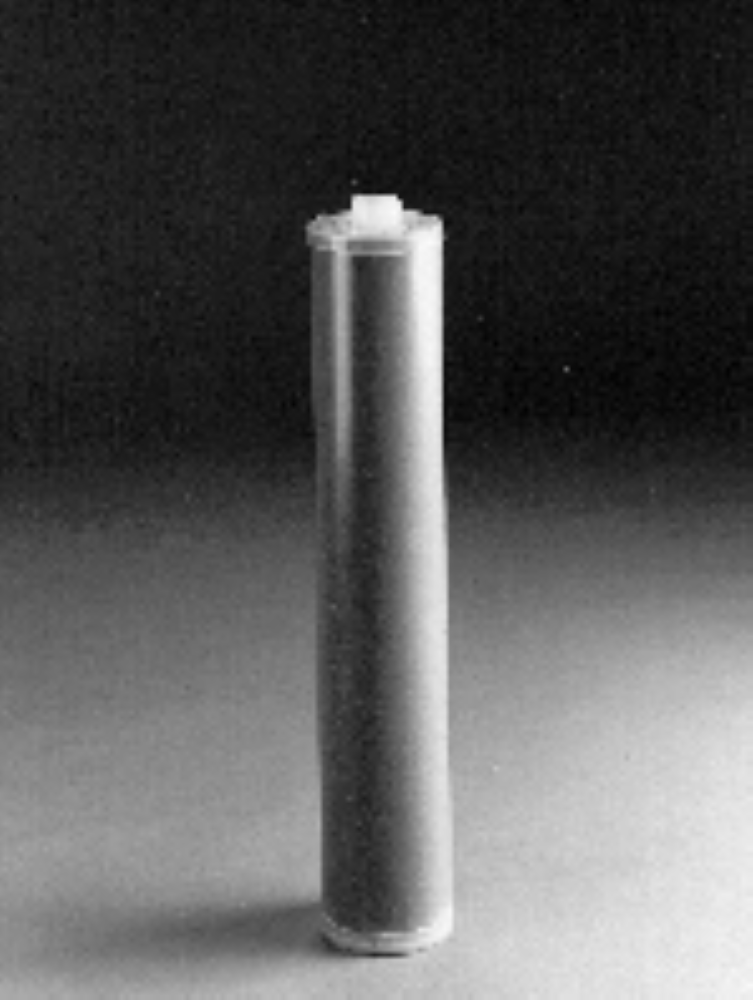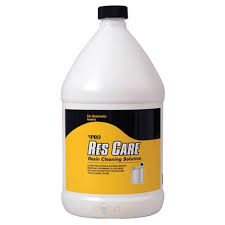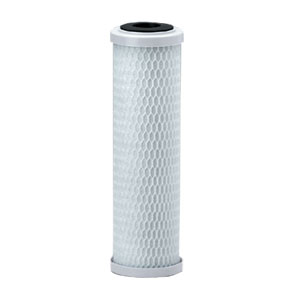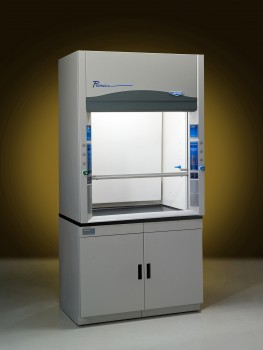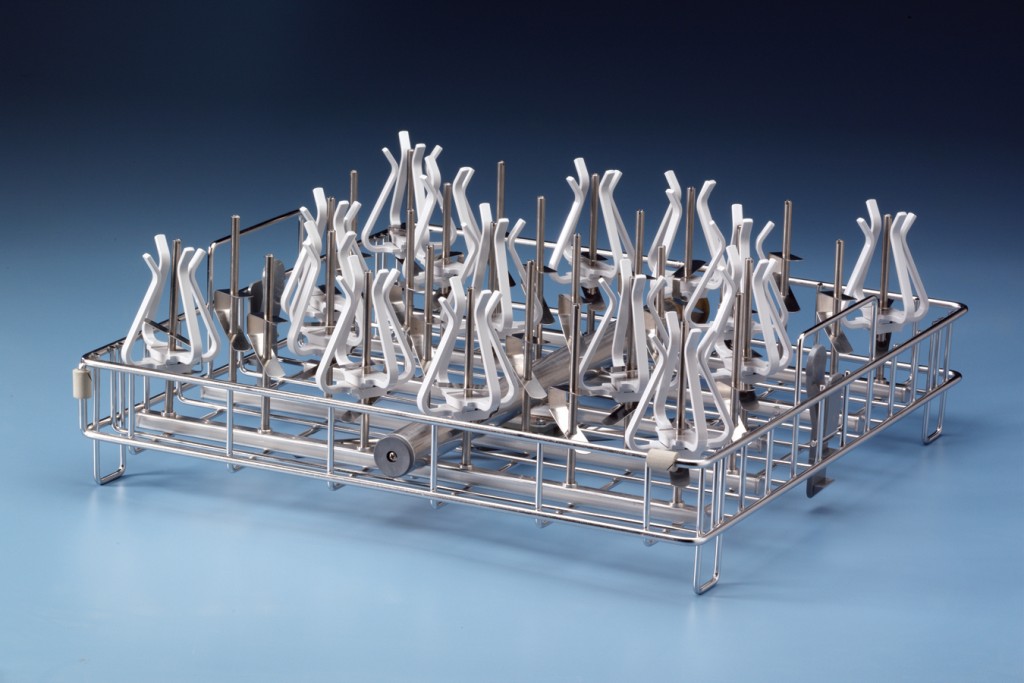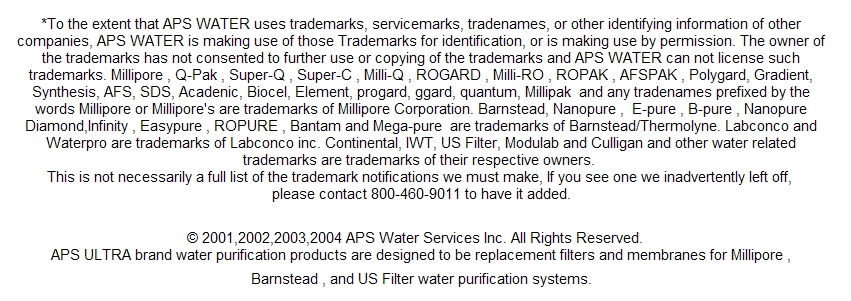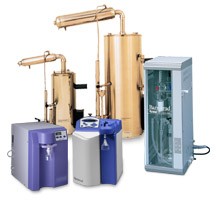 |
Need a New Laboratory Water System?
We have many to choose from. We can save you thousands on
Complete Systems and replacement filters for most brands. |
The Water Cycle
THE WATER CYCLE
Water is perhaps the ultimate example of recycling. Water constantly renews its purity by cycling itself from a liquid (or a solid) into vapor and back again. The change to a vapor removes most impurities and allows water to return to Earth in its clean form. (Exception: acid rain, see F-51, Surface Water Issues.)

The study of water, or hydrology, starts with the water cycle, or the process by which water renews itself. Since the cycle is continuous, it doesn=t really have a beginning, but a convenient place to start studying it is with precipitation (rain, snow, sleet and hail). When precipitation falls to earth, several things can happen. It can be absorbed into the soil. This is called infiltration. This process allows water to seep into the earth and be stored underground as groundwater. Precipitation can also become runoff, flowing into rivers and streams. Water can evaporate, or it can be returned to the atmosphere by transpiration through plants. Since it is often difficult to separate these two processes, they are often lumped together and called evapotranspiration.
Precipitation can also be stored. An ice cap is a form of storage. In temperate climates, water is found in depression storage or surface waterCpuddles, ditches, and anywhere else that runoff water can gather. This is a temporary form of storage. Water will evaporate from the surface and will infiltrate into the ground below it. It will be absorbed by plants and transpired back into the air. It will flow to other areas. This cycling of water is continuous.
A number of factors such as soil type, slope, moisture conditions, and intensity of storm event affect how water travels through this cycle. For example, when rain falls, some of it will infiltrate into the ground, but this rate of infiltration may be fast or slow. If the soil is already wet and saturated, much of the rain will become runoff. If the soil has low moisture content, a large percentage of it may be absorbed. The type of soil will also impact the rate of infiltration. Clay or packed soil allows little water to seep in. Sandy or loose soils allow more infiltration.
The rate of rainfall is a factor to consider. If rain is hitting the ground faster than it can infiltrate, it becomes runoff. The grade or slope can also influence runoff. Water infiltrates very little on steep grades. Human-made structures can reduce infiltration even further. Virtually no water infiltrates through paved roads and parking lots, so almost all of it becomes runoff. This affects the entire water cycle.
Also see :Simple Water Cycle Explanation
|

Images are representative of the products. Images may or may not be of the actual product. If it is important e-mail us for an actual image if available.
* Flat Rate UPS shipping when able to ship via UPS and is in the USA excluding Hawaii and Alaska.
Larger Items may not be able to ship via UPS, in that case freight charges will be quoted seperately.
International shipping will be quoted after the order is placed. You will have the opportunity to cancel before we finalize your order.
Terms and conditions
Credit Application
Privacy
Policy
Google Apps
List All Products
|






